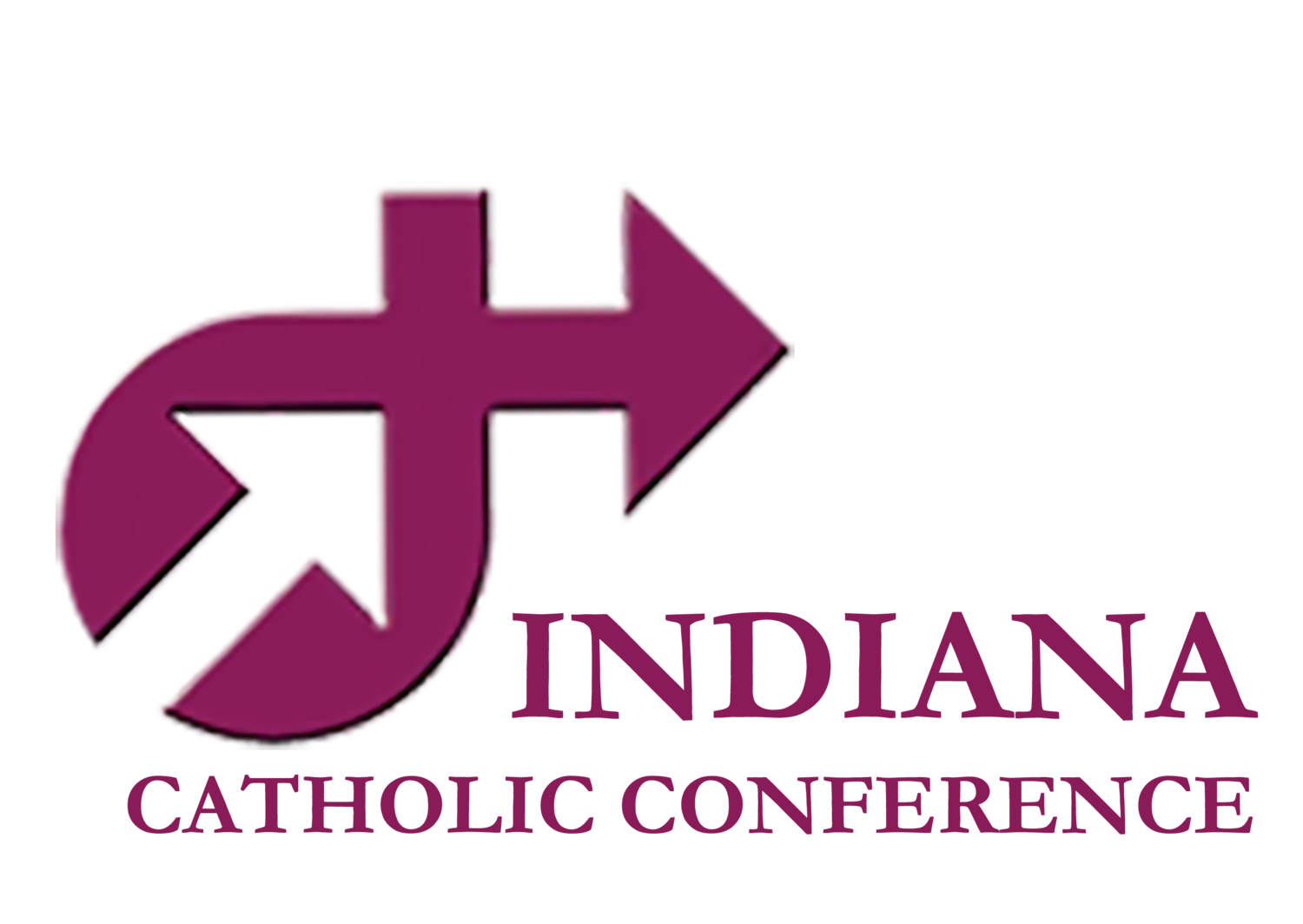School Choice Myths and Facts
Opposition to expanding private school choice (Voucher program and ESA) has 5 main talking points- NONE of which are true when looking at the scientific research and evidence.
MYTH 1: Choice undermines public school funding and cost taxpayers/ public schools.
FACTS:
o Students who receive a voucher make up 3% of our entire K-12 student population but they receive only 2% of the funding. (tuition support)
o For the 2019-2020 school year, the average voucher amount was $4,707, compared to the average traditional public-school state tuition support amount of $6,872. A voucher student receives, on average $2000 less in state money for their education PLUS, voucher students do not receive any federal or local dollars.
o In 2019-2020, the state awarded $172,776,489.99 in school vouchers. If each of the 36,707 voucher students would have attended their district public school instead of a private school, the state would have spent $239,239,229.73 in tuition support for those students. That’s a savings of $66,462,739.74.
o 25 of 28 empirical studies on choice programs show a positive financial impact on taxpayers and school districts. 3 studies show choice programs are revenue neutral, and 0 studies showed negative effects.
o Public schools retain their local and federal funding for children who leave the district.
o Most choice programs give the student less dollars than what the district would’ve received, like Indiana’s current voucher program and proposed ESA program (Students receive 90% of tuition support). This results in a cost savings for the state and more money to go around for students remaining still in public school.
MYTH 2: Choice does not lead to better academic outcomes for students.
FACTS:
o 2019 Student Growth Scores (Source: DOE unredacted A-F student growth scores)
23 of the top 50 schools for growth at the 10th grade level are voucher schools.
8 out of the top 10 are voucher schools.
In fact, the top 5 schools in terms of growth are all voucher accepting schools.
o Proficiency – 2018 I-Learn/ ISTEP Findings
6 of the top 7 schools in the state on the I-Step 10 are nonpublic (voucher) schools
25 of the top 50 high schools are nonpublic (voucher) schools
19 of the top 50 grade 3-8 schools are nonpublic (voucher) schools
o Nationally, there have been more than 150 studies on school choice – more than any other education reform policy.
o Students in private school choice programs see academic benefits.
Of the 18 gold-standard studies on the academic outcomes of participating students:
14 showed positive academic results for choice participants,
2 had neutral findings, and
2 have negative findings
Of the 33 empirical studies on the Academic Outcomes of the Students Remaining in Public Schools
31 showed positive academic outcomes for students remaining in public schools.
1 had neutral findings, and
1 had negative findings
o The Notre Dame Study – What it really says:
Students entering the voucher program are academically behind their public school peers
Based on ISTEP scores, voucher students are academically behind their public school peers in years 1 and 2 of attend a private school.
By years 3 and 4, voucher students catch-up in math and move ahead in English/ Language Arts
By years 5 and 6 they are expected to surpass their public school peers academically (the study did not gather data for this many years).
MYTH 3: Choice programs do not have the same accountability as public schools.
FACTS:
o Voucher accepting nonpublic schools must give ILEARN
o Voucher accepting nonpublic schools get A-F grades just like all other schools
o Unlike public schools, Voucher accepting nonpublic schools are subject to consequences if they are low academic performers for 2 years (D or F rated schools)
o Under the proposed ESA program, students would have to take I-Learn or a test that can be correlated to I-Learn (some schools which specialize in special needs students give an alternative test to I-Learn but the scores can be correlated so there can be fair academic comparison).
o The truest form of accountability is choice. No one is automatically assigned to any nonpublic schools. Parents have to choose to send their child to these schools and they can also choose to leave that school if it is not working.
MYTH 4: Choice programs allow for discrimination.
FACTS:
o 9/10 empirical studies show that choice programs lead to less segregation.
o Voucher students are lower-income compared to traditional public school students
70% of voucher students are on Free and Reduced Price Lunch compared to 47% of traditional public school students
o Voucher students are more racial diverse compared to traditional public school students
Voucher kids: 57% White – 43% Minority
22% Hispanic
12% Black
9% Other
Traditional public school kids: 68% White – 32% Minority
13% Hispanic
11% Black
8% Other
MYTH 5: Education Scholarship Accounts (ESAs) lead to fraud.
FACTS:
o ESA’s are not a free-range debit card for parents. Families purchase services and products through a secure, regulated web portal where the DOE and Treasurer would only allow verified and approved providers and products to be purchased.
o ESA programs have been around for 10 years and continue to further mitigate attempts of fraud.
o The Treasurer of State is required by law to provide written explanation of authorized uses and freeze any accounts where misuse is detected, report any crimes to prosecutor/AG
o Bad actors (both families and providers) will be prohibited from participating in the program.
o Surety bond is required of every provider/vendor who is expected to receive payment of more than $50,000 for their services.
o An annual audit by independent public accounting firm is required and the audit must be sent to governor and general assembly o There are examples of fraud in our public schools. Examples include South Newton School Corp., Gary and Vigo County. Cannot stop all bad actors.


